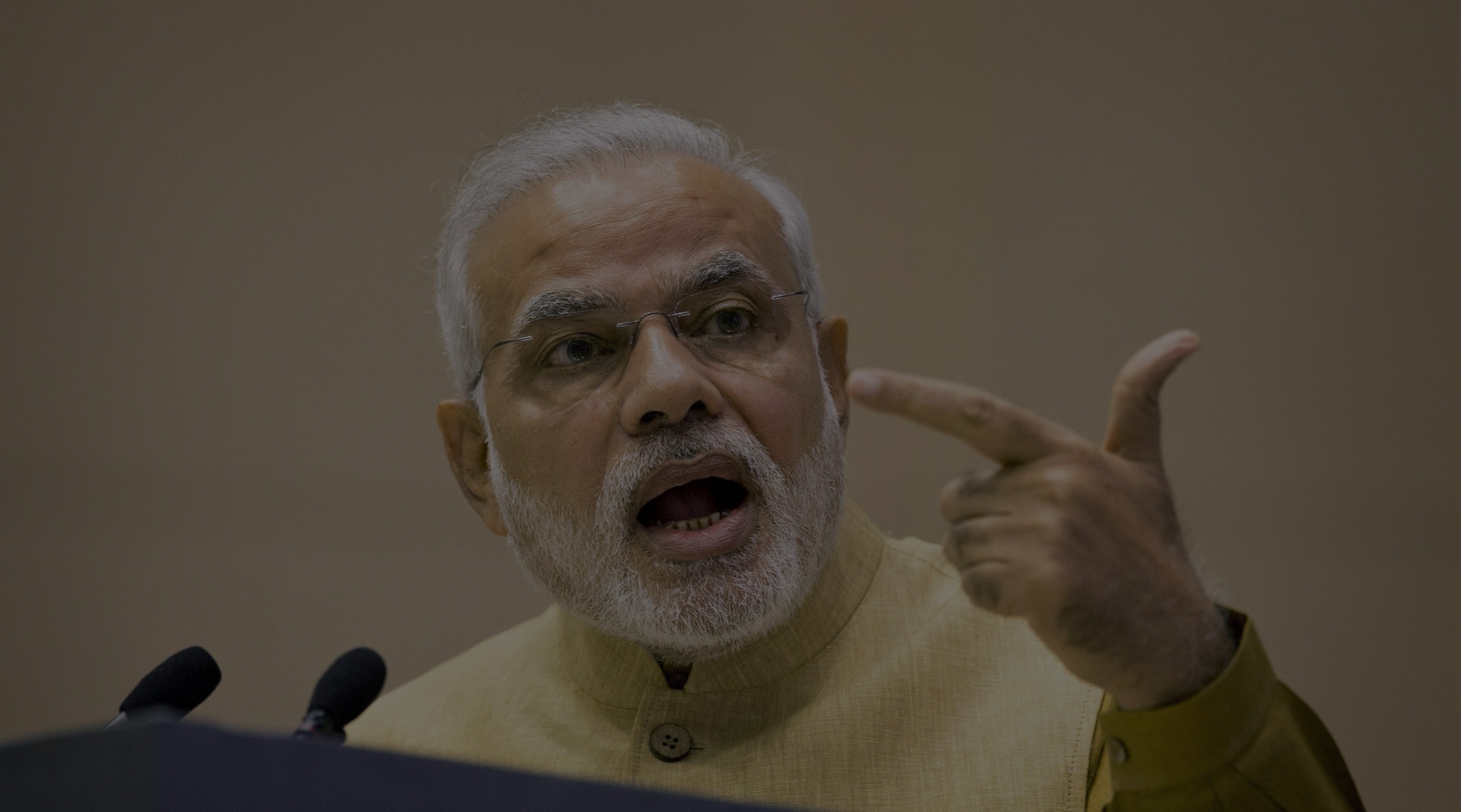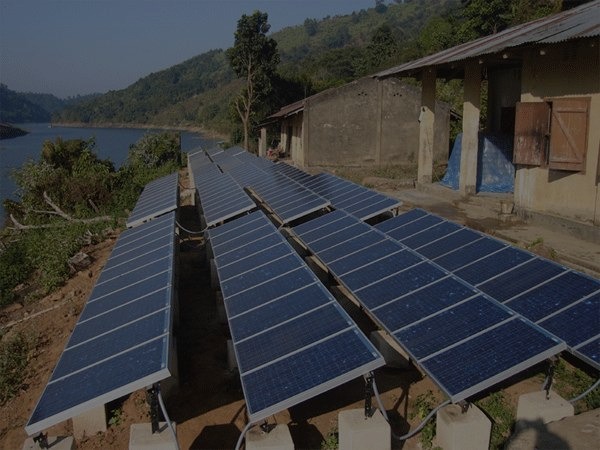While many religious institutions in Mumbai have installed solar power systems to reduce their dependence on electricity produced by coal and gas, the Shree Ayyappa temple in Vartak Nagar is the first shrine in Thane to tap the sun for its energy needs.
Spread across 6,000 square metres, the temple, which was founded in 1989, installed a 41-panel rooftop solar power plant across 110 sq m last week.
The plant generates 19,700 kilowatts an hour (kWh) of electricity annually or 54kWh electricity daily. For comparison, a two-bedroom apartment in Mumbai needs 8kWh of power daily. With a capacity of 12.71 kilowatt power (kWp), the plant can supply all the electricity the temple needs in a year.
The temple’s lights, fans, air conditioners, and water pump function on solar energy. The temple expects to save Rs2.60 lakh a year, said members of the temple trust.
“India is harnessing solar energy to not only meet its energy requirements, but also to tackle the problem of climate change. This is our contribution to the government’s solar initiatives, and will better our community and the environment,” said M Ravindran Nair, president, Shree Ayyappa Temple Trust
Solar energy is a free and non-polluting source of renewable energy. Plants that use coal, gas, or oil to generate electricity release carbon dioxide (CO2), which create a greenhouse effect on earth, trapping heat and increasing temperature, which lead to the melting of ice-fields, rising sea levels and climate change. Solar power can also be used in remote areas, where electricity from the grid cannot be accessed.
The temple trust estimates that the plant will prevent 17.72 tons of CO2 from being released into the air annually. According to US Energy and Information Administration’s carbon footprint calculator, 18kWh of solar energy prevents 500g of CO2 emissions.
“Opting for green energy is opting for a sustainable tomorrow. Adopting solar energy not only has a positive effect on the environment but also results in great savings in the form of reduced electricity bills,” said Sushindran Menon, treasurer, Shree Ayyappa Temple Trust.
The trust spent Rs8.95 lakh to install the plant. It expects to recover this amount within two-and-a-half years. “Though rooftop solar projects come with an initial investment that could be a bit high, you can expect huge savings in the long run. The advantage will reflect every month in the temple’s reduced electricity bills. The government’s subsidy plan for such projects will reduce the overall cost further,” said Animesh Manek, founder and director, Avishakti Rooftop Solar Pvt Ltd, which installed the project.
The plant runs on net-metering system, which allows surplus power to be exported back to the grid.
Any deficiency is imported from the grid. The temple will pay only for the net usage.
This arrangement helps when there is rain and heavy cloud cover, which is when solar plants do not work optimally.
“Embracing renewable energy echoes our principle— being one with nature. We hope this encourages our followers to look at sustainable means of energy as this is also a form of community service,” said Chandra Mohan Pillai, vice chairman, temple trust.
Authorities say:
“Since Thane has been selected as one of the solar mission cities, the temple trust’s efforts are commendable. We are attempting to become the first zero-energy municipal corporation. We welcome citizens’ participation in helping us achieve a sustainable city,” said Sameer Unhale, additional commissioner, Thane Municipal Commissioner.
Why you should care?
Solar energy is a free source of renewable energy.
The generation of solar energy does not release emissions. Power generated from burning coal, gas, oil, or other fuel produces carbon dioxide, a greenhouse gas that traps heat on the earth’s surface, causing ice caps to melt and sea levels to rise.
Solar energy can be used in remote areas, where electricity from the grid cannot be accessed.
Street lights, calculators and other low-power consuming devices can be powered easily with solar power.
Unlike coal, oil, gas or wood, solar energy can be an infinite source of power.
Going the solar way:
The 200-year-old Shree Siddhivinayak Ganapati temple at Prabhadevi has been saving Rs40,000 a month for the past four years. A 20 kilowatt-hour (Kwh) solar rooftop project, comprising 72 panels spread across 3,000 sqft, atop their five-floored Prathisthalaya temple building is used to power lights and fans on every floor, reducing their dependency on the grid.
Minara Masjid in south Mumbai has been saving half its electricity bill, owing to a 15 Kwh rooftop solar setup in installed in January. With 46 solar panels, the setup generates 45 kWh to 70 kWh solar power a day.
St John the Baptist Church at Thane installed a rooftop solar system with nine panels. The system powers lights and fans and has reduced its electricity bill by 40%.
Shri Krishna Pranami Mandir in Bhuleshwar installed an 8.5 kWp rooftop solar facility with 27 panels, which can generate 13,500 units a year and 35 to 45 units daily depending on the season. The temple saves Rs1.45 lakh a year.
The 204-year-old Zakaria Masjid installed a 15 kWp to 10kWp solar system with 36 panels. Mumbai’s first Urdu medium school, Hashemiah High School, at Masjid Bunder in south Mumbai, installed 5kWp solar system with 12 panels in May. Installed by a common trust, both systems power lights, fans, lifts and air conditioners.
Source: http://www.hindustantimes.com/mumbai-news/this-temple-is-first-in-mumbai-suburb-to-use-solar-energy-will-cut-annual-power-bill-by-rs2-60-lakh/story-fsG4ySo3UQUomX99w9XgIJ.html


